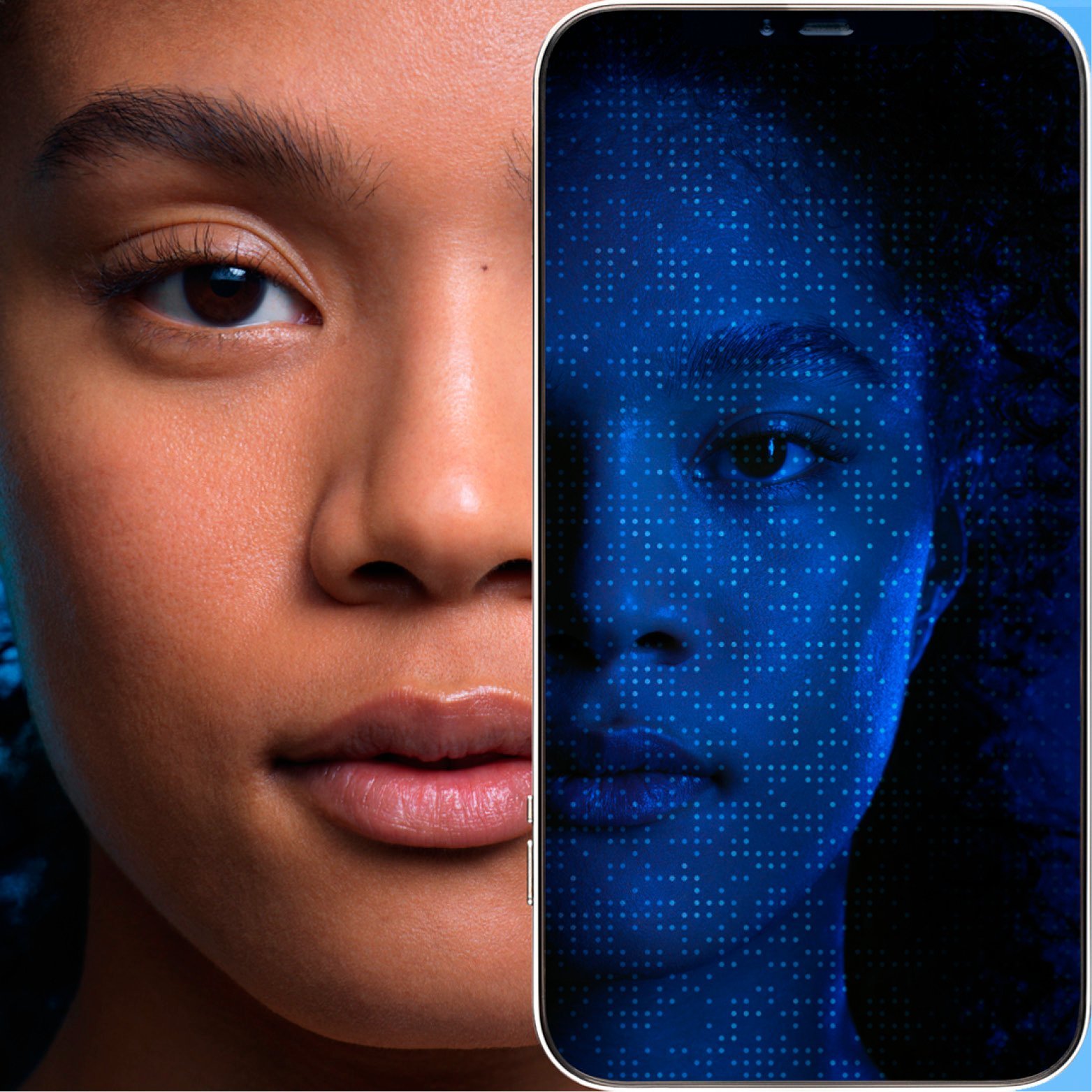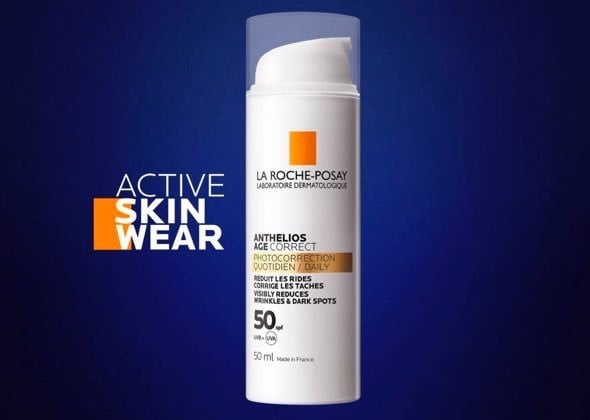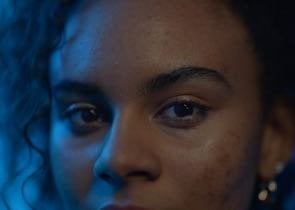CHILDREN NEED TO BE
PROTECTED FROM THE SUN
Children's skin is far more fragile than adult skin, particularly when it comes to the harmful effects of UV rays:
- Because it is thinner, it is more vulnerable to deep cellular damage.
- With a still-developing pigmentation system, it does not have the self-defense mechanism that, in adults, helps protect skin against UV rays.
Young skin (especially baby skin) is vulnerable to sunburn, and 50 - 80% of sun-related damage occurs during childhood and adolescence1. This is why sun safety is so important for kids, and babies must be kept out of the sun completely. With the right baby sunscreen and constant shade, baby sunburn should never happen. Skip to top tips on sun protection for children.
UNDERSTAND THE DANGERS
OF SUN EXPOSURE
Sunburn is the obvious risk, but the effects can be life-long
Sun protection for children isn’t just for the holidays. Children are exposed to UV rays during outdoor activities all year round: picnics in the park, activities in the playground, playing sports etc. Babies are particularly vulnerable to sunburn, even with indirect sun exposure (this is when your baby is in the shade, but reflected sunlight still reaches their skin so protection is still crucial).
Sun damage is incremental and cumulative: Think of it like spending on a sun credit card. With every “purchase” you make (sun exposure), your “sun debt” increases. It all adds up to increasing the risks over time.
When children get too much sun, there are obvious short-term risks:
- Dehydration.
- Heatstroke.
- Painful sunburn.
Children love playing outside, and we want them to have fun! But parents need to remain vigilant - A child will only express the discomfort of sunburn when the damage has already been done to his or her skin. And the long-term effects are more worrying. Over-exposure to UV rays entails serious risks for skin such as:
- Acceleration of skin ageing.
- Skin cancers such as melanoma.
Scary fact: As few as 5 blistering sunburns before the age of 20 can increase the risk of melanoma (skin cancer) by 80%.2.
But don’t panic! All these risks can be drastically reduced by teaching children smart sun protection habits. Read on for our practical guide to everything you need to know.
HOW TO PROTECT YOUR
CHILDREN'S SKIN
FROM THE SUN
Teach your kids to be sun-smart for lifelong protection
Protection isn’t just about sunscreen. By teaching your children sun-safe behaviours today, you are actively caring for their skin’s health in the future. A study conducted in Germany involving young children demonstrated that sun safety education increases good protection habits by 500%. Learning how to be sun-smart will help your kids stay safer in the sun.
Here are some smart ways to keep your kids safe:
General measures to protect children from the sun
- Seek shade between 11a.m. and 4 p.m. Encourage children to play in the shade or why not try getting them to take a shade nap.
- Teach children to “read their shadow” and stay in the shade if their shadow is smaller than they are.
- Cover up with a wide-brimmed hat, anti-UV sunglasses, and dark clothing (a black tee-shirt is more protective than a white one); in the water, maximise protection with high-UPF (ultraviolet protection factor) swimwear, one-piece bathing suits, and longer swimming trunks.
- Do not underestimate “indirect” exposure: UVA rays can pass through clouds and glass, so skin is still at risk on an overcast day, in the car or on a plane journey.
- Bring along a beach umbrella or tent.
- Make sure that your children drink water regularly.
Best sunscreen for kids? Here’s our top tips
- Use a broad-spectrum UVA-UVB SPF 50+ sunscreen on all exposed skin.
- Apply sunscreen frequently (at least every two hours) and as evenly as you can. Don’t skimp on any areas - which is easily done when your children are wriggling or ticklish! Also be sure to apply generously: As a general rule of thumb, a golf ball-sized amount of sunscreen is needed to protect the whole body.
- Pay attention to frequently forgotten areas: Ears, nose, lips, back of the neck, hands, and feet.
- Re-apply sunscreen immediately after swimming or excessive sweating.
- To guarantee constant protection at the beach or pool, choose a sunscreen specifically designed for application on wet skin.
- For grab-and-go suncare you can use anytime, anywhere, reach for ANTHELIOS Pocket SPF50+. It is small enough to fit in your pocket and take through airport security, but contains enough formula for a week’s facial protection. With ANTHELIOS in your pocket, you’ll never find yourself out and about with no protection to hand again!.
- Show your kids how to apply their own sun protection – like a superhero!.
Learn more about UVA-UVB protection
Using technology to protect children from the sun
- Make managing sun exposure fun with My UV Patch La Roche-Posay's innovative, sun-sensitive skin patch that connects to a mobile app – so your kids can keep track of their sun exposure, stay safe and become more autonomous in their sun protection.
ANTHELIOS DERMO-PEDIATRICS SPF 50+: VERY HIGH PROTECTION
SPECIFICALLY DESIGNED FOR BABIES AND TODDLERS
La Roche-Posay's ANTHELIOS Dermo-Pediatrics SPF 50+ range represents a breakthrough in sun protection for young children and babies, aged over 6 months. These sunscreens are super-safe for young skin, containing minimal ingredients whilst offering very high, broad-spectrum UVB and UVA protection (UVA protection is twice as strict as European standards). ANTHELIOS Dermo-Pediatrics SPF 50+ sunscreens contain soothing and anti-oxidant La Roche-Posay Thermal Spring Water
All products are tested under paediatric and dermatological control.
- ANTHELIOS Dermo-Pediatrics SPF 50+ Smooth Lotion is suitable for young children.
- ANTHELIOS Dermo-Pediatrics SPF 50+ Lotion Baby is formulated to protect your baby aged 6 months+ from indirect sun exposure. Hypoallergenic and enriched with Shea Butter, it is suitable for atopic, eczema-prone baby skin.
- ANTHELIOS Dermo-Pediatrics Wet Skin Gel Lotion SPF 50+ can be applied directly to wet skin, to guarantee continuous protection at the beach or pool.
- ANTHELIOS Dermo-Pediatrics Spray SPF 50+ and ANTHELIOS Dermo-Pediatrics SPF 50+ Multi-Position Spray offer the same outstanding UV protection for children, in a convenient spray applicator.
- The weather can be unpredictable and it’s easy to get “caught out” in sunny weather with no protection to hand. The irresistible carry-everywhere format of ANTHELIOS Pocket SPF50+ caters to this previously unmet need. With one for adults and one for children, ANTHELIOS Pocket SPF50+ provides a week’s very high protection in a handy pocket powerpack format that you can carry with you wherever you go.
Find out more about UVA-UVB sun protection HERE.
To learn about sun exposure and pigmentation problems such as dark spots and pregnancy mask, click HERE.
1 Robinson JK et al. Summertime sun protection used by adults for their children. J Am Acad Dermatol 2000
2 American Association for Cancer Research Press Release, May 29, 2014 http://www.aacr.org/Newsroom/Pages/News-Release-Detail.aspx?ItemID=553#.WKyFqxLhAvo








